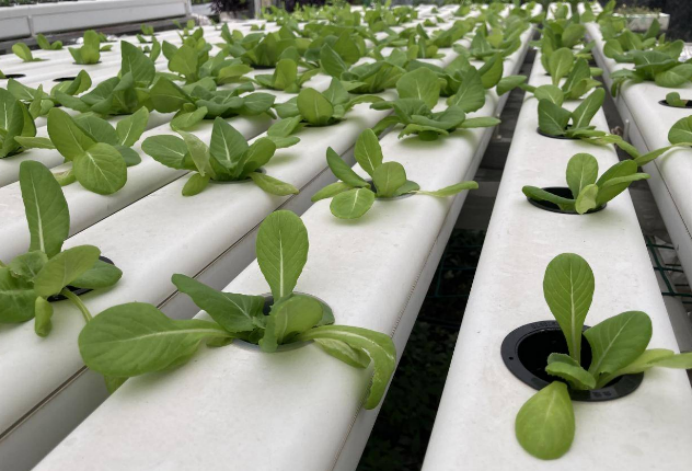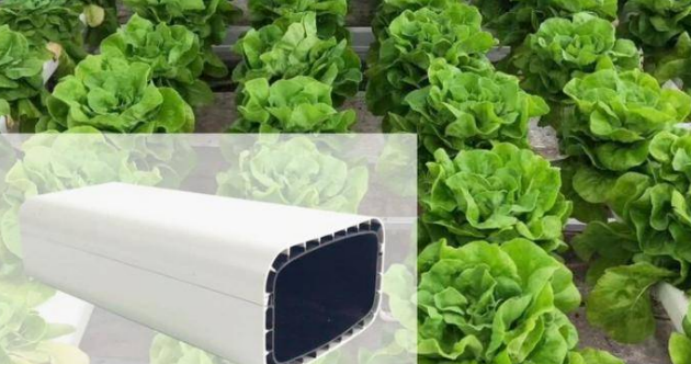OEM factory offers plum bing supplies with your own private label
 shentong
shentong  2025-03-11
2025-03-11
If you want to grow vegetables, you must look at these three points when choosing a hydroponic pipe!
If you were the boss or procurement personnel, from what perspective would you choose soilless cultivation equipment? Nowadays, most of the soilless cultivation equipment on the market are products such as hydroponic pipes, substrate tanks, and floating plates. Today, we will talk about hydroponic pipes among them. What are the differences between hydroponic pipelines? How should we choose? Let's take a look together!
1. Material
Currently, 90% of the hydroponic pipelines on the market are made of PVC material, which is commonly known as polyvinyl chloride. On October 27, 2017, the International Agency for Cancer Research of the World Health Organization released a preliminary list of carcinogens for reference. Polyvinyl chloride is listed as a Class 3 carcinogen. Do you want to use it for vegetable cultivation?

The 100mm * 100mm FOSITE water culture pipeline uses PVC-U pipes. Compared with PVC pipes, it is composed of amorphous thermoplastic resin made from vinyl chloride monomer through polymerization reaction and certain additives (such as stabilizers, lubricants, fillers, etc.). No heavy metal residues, non-toxic, pollution-free, and corrosion-resistant. The quality of FOSITE hydroponic pipeline products is stable, and through testing, they meet the European Union standard (EU drinking water pipeline production standard), which ensures the safety of hydroponic vegetable production.
2. Design
Nowadays, the hydroponic pipes on the market are all single-layer white plastic pipes, some of which are also transparent and produce green algae, which is too troublesome to clean in the later stage. The outer layer of the "Vegetable Tube" hydroponic pipeline is white and the inner layer is black, and it is a hollow layer for thermal insulation. The outer white layer reflects sunlight, reducing thermal radiation and lowering pipeline temperature; The black inner layer creates a dark environment that mimics ecology, which is beneficial for the root system to absorb nutrients and allow plants to grow better. The elimination of algae production conditions in dark environments fundamentally solves the problem of algae associated with hydroponic vegetable production.

3. Structure
Ordinary pipelines on the market are integrated, and cleaning them is also quite troublesome. The structure of the "Vegetable Tube" hydroponic pipeline is a separate structure from the top and bottom, and its unique structure can facilitate user cleaning and improve work efficiency. The guide groove at the bottom of the pipeline can allow the nutrient solution to flow fully, ensuring complete circulation of the nutrient solution.
Now you know the difference between FOSITE hydroponic pipeline and other pipelines? Hebei Shentong Plastic Industry, a professional manufacturer of pipelines, welcomes you to contact us at any time!